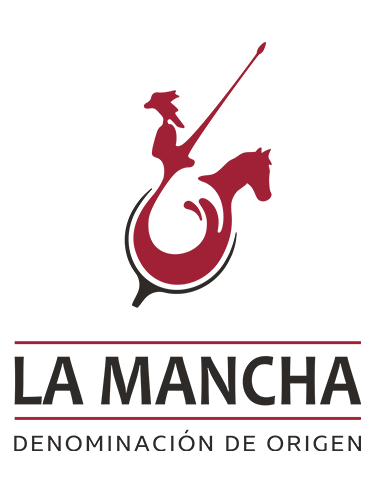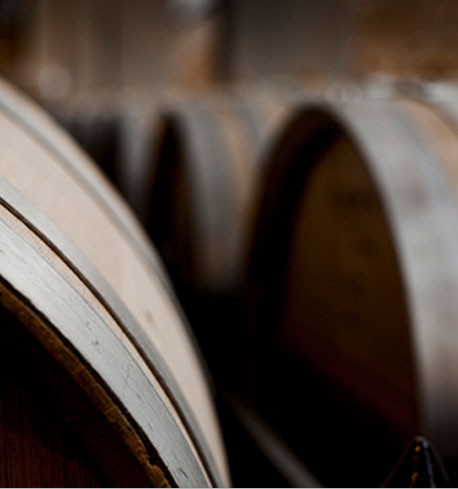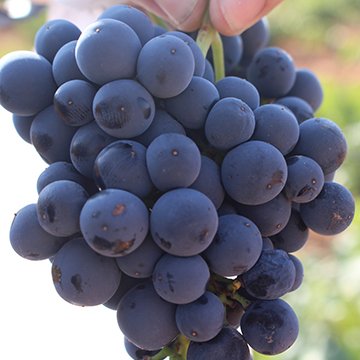
Dating back to the Middle Ages, but believed to date from the Roman Empire, and considering the ancient tradition of wine growing in this land, the first official recognition that makes the wine from La Mancha as an appellation of origin dates from 1932, published in “La Gaceta de Madrid” (today’s Governments State Gazette) in September of that year, making this DESIGNATION OF ORIGIN – DO one of the oldest in Spain.
Later, in 1973, began its journey in the Control Board, acquiring its own identity, culminating in 1976 with the Ministerial Order approving the first regulation of the DESIGNATION OF ORIGIN – DO and its Regulatory Board
La Mancha is, broadly speaking, a large plateau. It is a land that does not have any large mountains or differences in altitude, which has been gradually flattened out over the course of millions of years.
The altitude (the majority of the vineyards in the La Mancha region vary between 600 and 800 metres above sea level), the latitude and the specific geographical location determine its climate.
-
 WINEMAKING
WINEMAKINGFor more than 20 years, modern winemaking techniques and equipment, such as cold fermentation and the use of stainless steel, have resulted in an eye-opening makeover for D.O. La Mancha’s leading white grape, Airén. Airén is responsible for lively, fresh and fruity white wines. Tempranillo contributes to robust reds that are often labelled according to their maturation: joven are the youngest; crianzas have 6 months in oak; reservas receive 12 months in oak; and gran reservas see 18 months oak and 42 months in bottle.
As quality continues to soar, D.O. La Mancha is also innovating with international varieties, blending them with traditional regional grapes or making New World-style varietal wines. With remarkable progress that has already occurred, and the grand expectations for the future, D.O. La Mancha is excited to offer these wines to the world.
-
 SEAL OF QUALITY
SEAL OF QUALITYThe back label, or neckband, is found on the back of each bottle, and is the distinctive seal of a La Mancha Denomination of Origin wine.
The back label guarantees the origin of the bottle and certifies that the wine contained in it complies with all of the regulations and quality checks required by the Regulatory Board. It also has a serial number to ensure that the origin of each wine can be traced.
There are different back labels depending on the types and characteristics of each wine in the Denomination of Origin, which allows consumers to identify the type of wine that they like.

Tempranillo
Tempranillo, or Cencibel as it is known in La Mancha, is an early-ripening variety. In other regions it is known under the names of Ull de Liebre, Tinta de Toro, Tinta Fina and Tinta del País. It is the most frequently-used variety for making young red wines or crianza, giving a good body and aromatic intensity.

Airén
Airén White Grape of DO La Mancha white is not only one of Spain's most abundant grapes, accounting for 32% of the country's production, but it also holds a special place in the heart of Castilla-La Mancha.Known by various names such as Lairén, Manchega, Valdepeñera, and Forcayat in different regions, Airén thrives in the dry and hot climates of Spain. Its productivity and adaptability to extreme conditions make it a beloved choice for winemakers.The large, loose clusters of Airén grapes boast a beautiful yellow hue, with medium-thick skins and soft pulp that release a colorless juice. These grapes are the perfect foundation for crafting wines with delightful aromas and balanced acidity


